This past week three of us from the Norfolk Botanical Garden made a visit to NASA's Langley Research Center in Hampton, Virginia. We were primarily there to see their green infrastructure, but we saw much more. The Langley campus is NASA's oldest field operation, and celebrated its 100th anniversary last year. They have made great progress over the past few years in centralizing their campus, so that it is more conducive to pedestrians, and less vehicle-dependent. They are also slowly replacing many of their older facilities with LEED (Leadership in Energy and Environmental Design) certified buildings, all of which are built for energy efficiency, channel water run-off into BMP's (Best Management Practices), use recycled materials, have green roofs, and use both active and passive solar.
The first BMP we encountered was filled with
Panicum, red-twigged dogwood,
Amelanchier,
Juncus, and other plants. Without knowing its function, you might assume it was just beautiful landscaping. This BMP and several others, combined with the use of permeable paving, allow run-off from buildings and pavement to slowly seep into the ground, recharging groundwater levels, while also keeping run-off and sediments out of the very nearby Chesapeake Bay. It has allowed Langley to reach its water quality goals years ahead of schedule.
The lights in this lobby automatically dim or brighten depending on the amount of natural light coming through the windows.
We saw two green roofs on our tour. The first one appeared to be a bit more decorative than functional, and it seemed to have just one species of sedum. The more functional roof had several species of sedum, and included a couple of grasses as well. It was also a lot more colorful, and had great views.
The smaller spheres below hold various gases used in the many experiments that go on here. The larger, ribbed one is a vacuum chamber.
One of our hosts truly is a rocket scientist, but she has a passion for all things environmental. If I have my details correct, below is a ground-copy of one her experiments that was recently sent on-board an unmanned rocket, and attached robotically to the exterior of the International Space Station. Forgive me, I do not remember what she said the experiment was for; I was overwhelmed that day.
3D printers are nearly essential on the space station, allowing parts to be made immediately, rather than waiting on the next rocket. I have no idea what this one was making, but I loved the blue color.
The newest building on campus is dedicated to computational research, and it is named in honor of Katherine Johnson. The movie
Hidden Figures is based on her work at Langley. I love to see justice in this world.
We also got to see a local landmark, the gantry, up close. This structure is where the astronauts for the Apollo moon mission trained. They were suspended in such a way as to simulate lunar gravity. To get a feel for how large it is, look at the steps on the left side of the first picture.
Surprisingly many acres of Langley are wooded, especially as you near the creeks and rivers that lead to the Chesapeake. There are also some impressive trees in the more developed portions of the campus. The wild and the cultivated trees, together with environmental commitment have earned Langley
"Tree City USA" status.
We saw a lot last week, and were amazed at every turn. True to our nature, however, we were stopped in our tracks by the largest
Sassafras either of us have ever seen. We are so accustomed to seeing this species as small understory trees in the forest, that we likely would have had a hard time identifying it, at least from a distance. I had to give it a hug.





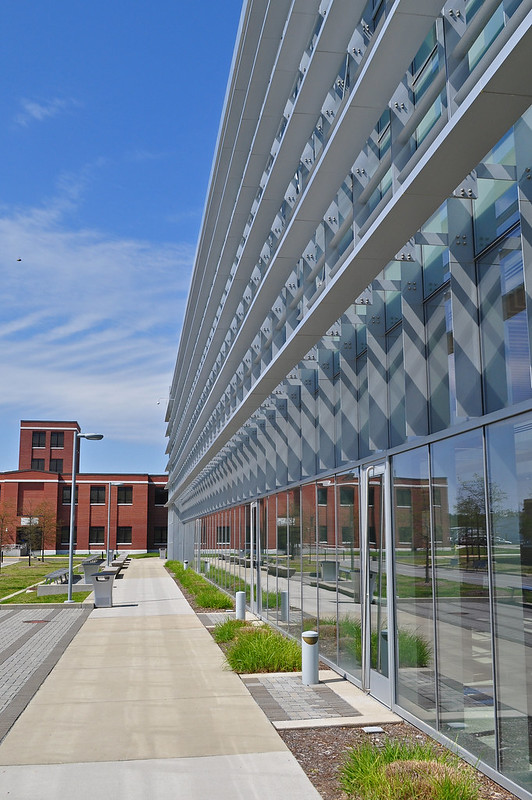


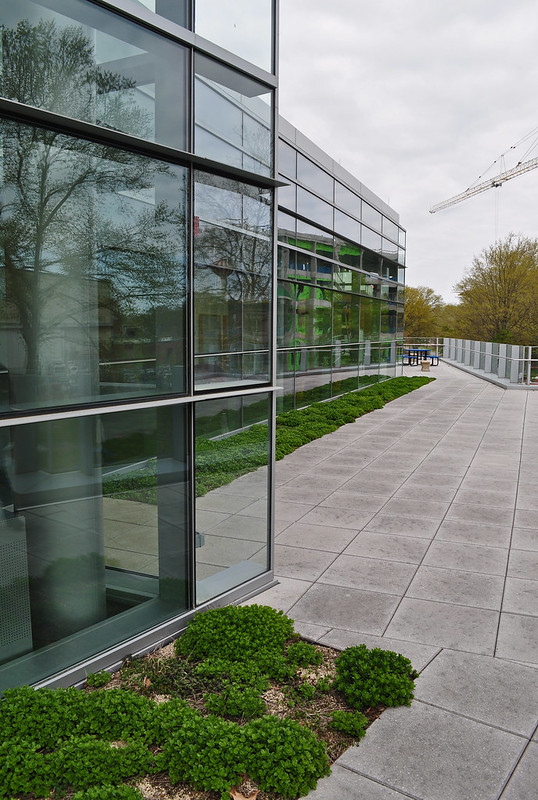
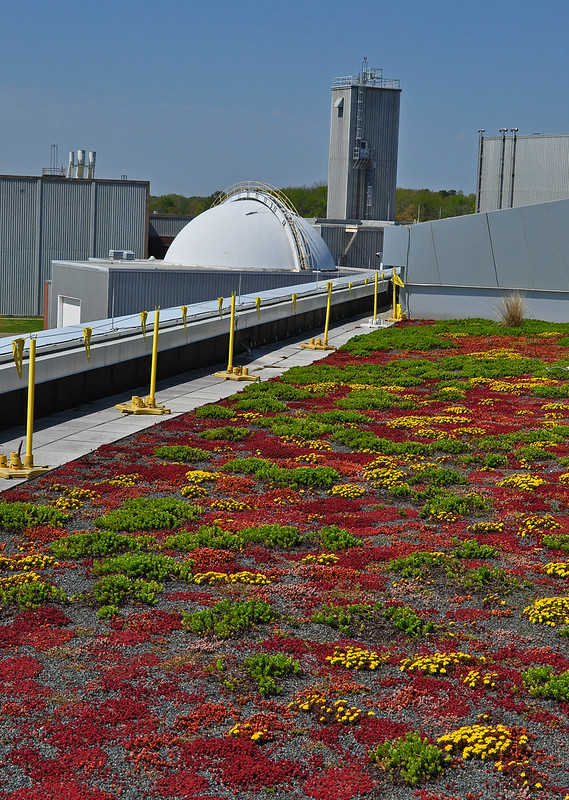



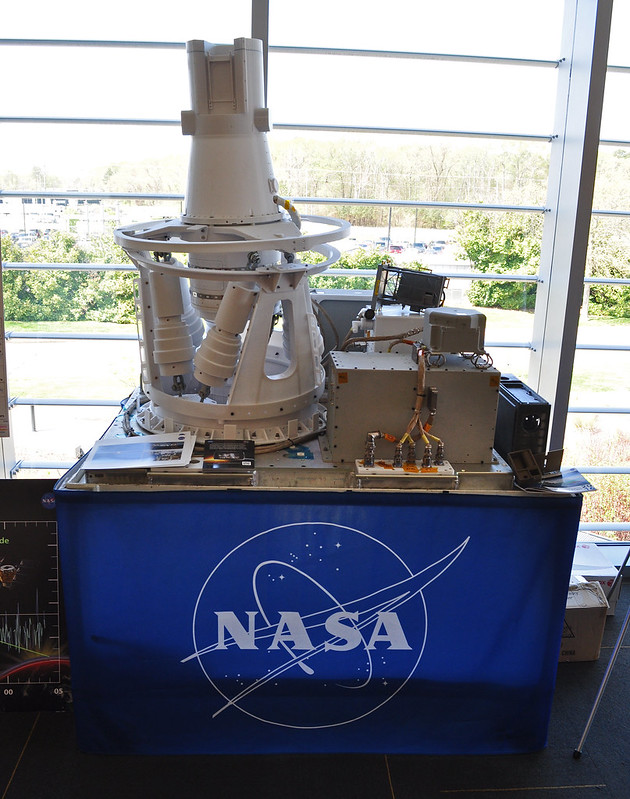
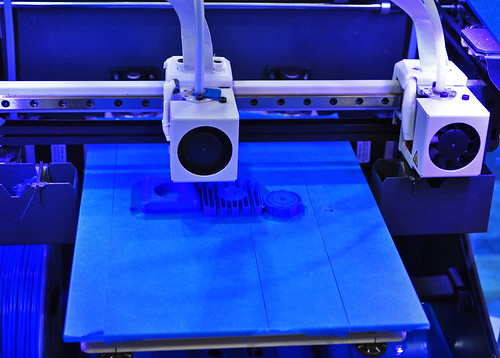





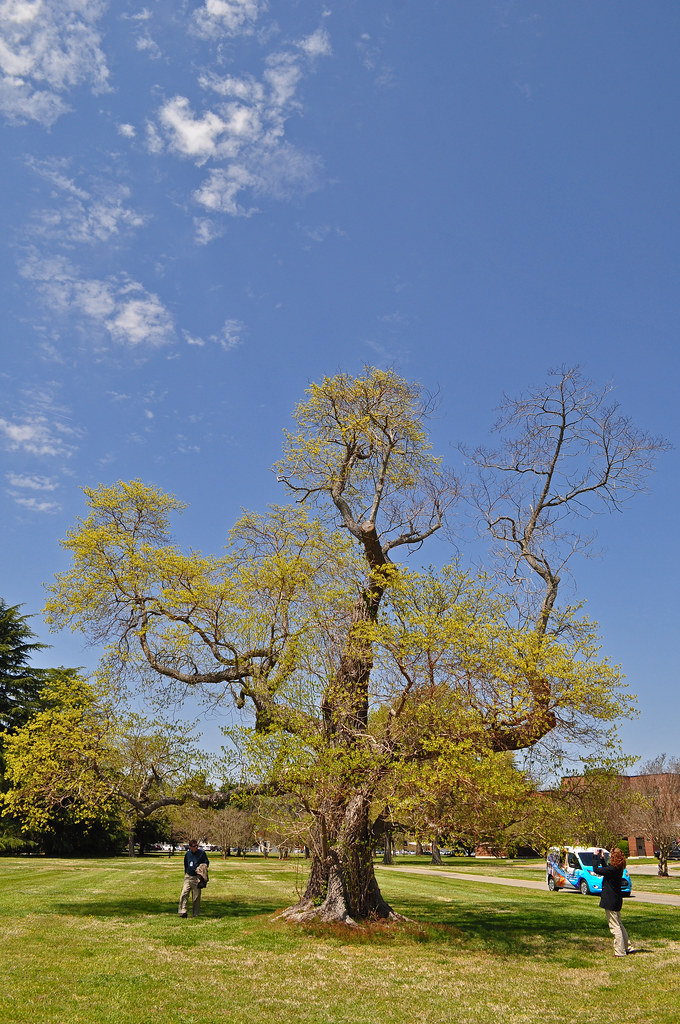





Such an interesting post and so many good lessons in landscaping to think about.
ReplyDeleteLove that second green roof - so colorful!
ReplyDeleteThat Sassafras is marvelous and huge! The Langley campus looks functional and beautiful, too. It reminds me of the Epic Systems campus here in Madison. The landscaping is deliberate, but strikingly attractive and sustainable. I love the green roofs covered with succulents!
ReplyDeleteWow. The Sassafras also caught my attention. Just this past week I cleared the last vestige of a thicket on a lot behind our cottage on Chincoteague. I saved an old cherry tree and two sassafras trees. I never knew that a sassafras could grow so large as the one you photographed!
ReplyDeleteIt makes me happy and reassured to know there are really smart people working on really fascinating things to make all our life better and possibly save our planet. I saw the movie Hidden Figures, and seeing the facility named after Katherine Johnson, located in 1 Lindbergh Way, is poetic!
ReplyDeleteI wish all homes in the U.S. were LEED certified homes, with magnificent sedum roofs.
As often the case I learn a lot from your postings. I've been to other NASA sites but never the one at Hampton. I had many occasions to visit the DOE Fusion laboratory at Princeton that was surrounded by forest in those days. The Russian scientists were renown for searching the woods for edible mushrooms at lunchtime. A many-tree environment is always to be praised.
ReplyDeleteThat's a fantastic sassafras. Thanks for highlighting the Katherine Johnson building. I'd like to visit the campus some day.
ReplyDeleteGreat tour and info. Loved the lights that respond to natural light.
ReplyDelete